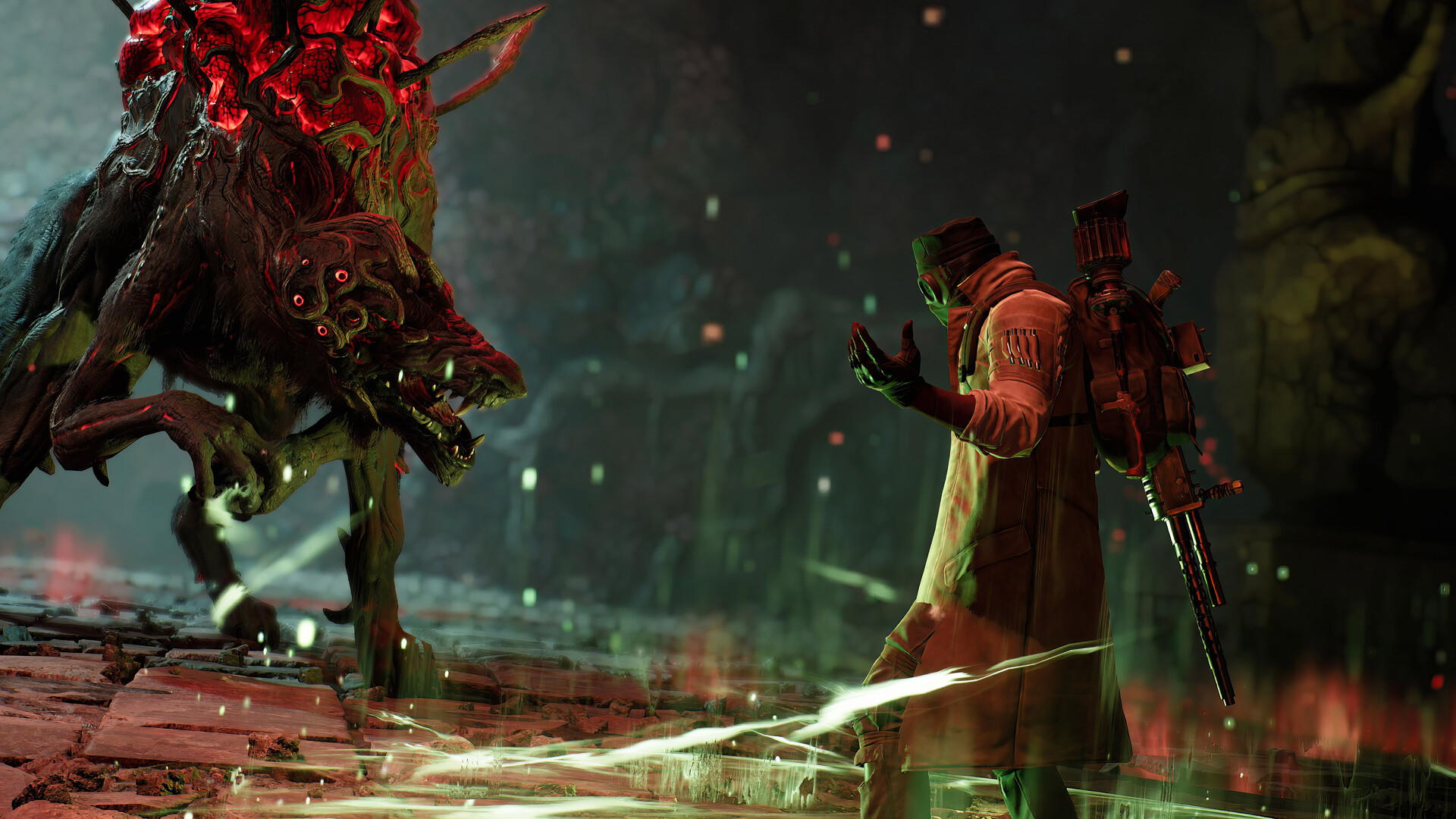Remnant 2, the highly anticipated third-person shooter and sequel to Remnant: From the Ashes from 2019, was released today. The title has been well-received, but it hasn’t been without its issues, particularly in terms of optimization, especially on PC. YouTuber Daniel Owen tested Remnant 2 with various hardware configurations and the results were less than satisfactory.
One of the most significant issues is the need for a relatively fast processor, as slower processors can result in unpleasant stutters. However, the game is particularly demanding on the graphics card. On an RTX 2060, which is listed as the recommended GPU, the game achieves around 35 FPS on medium quality settings in Full HD. To reach the desired 60 frames per second, it is necessary to use DLSS in Performance mode, which upscales the game to 540p. If you want to play at native Full HD with Ultra details, you will need at least an RTX 3080.
And what about the current most powerful graphics card on the market, the RTX 4090? It achieves around 70 FPS in native 1440p and approximately 40 frames per second in 4K. Even with this high-end card, upscaling is still necessary.
The developers themselves addressed the optimization concerns in a post on Reddit, stating that the game was developed with upscaling in mind, which is essentially a necessity for playing. The positive aspect is that players have a variety of options. The game offers DLSS from Nvidia, FSR from AMD, and XeSS from Intel. In addition to DLSS upscaling, the game also offers frame generation.
For console players (the game was only released on PlayStation 5 and Xbox Series X|S), Digital Foundry’s Oliver Mackenzie provided a technical video. According to Mackenzie, the visuals may lag in some areas, but overall, the game looks really nice. It is worth noting that Remnant 2 is one of the first titles built on Unreal Engine 5. While Layers of Fear only utilized Lumen technology, Remnant 2 utilizes Nanite, which allows for high levels of detail with minimal performance loss.
On consoles, there are three modes available: Quality, Balanced, and Performance. The Quality mode targets 30 FPS at 1440p resolution with higher graphical settings. However, the image is upscaled from approximately 1296p (likely using TSR from Epic). The Balanced mode aims for 60 FPS with lower graphical settings but the same target resolution, with the game rendering internally at around 792p. The Performance mode has similar characteristics to Balanced, but with even more aggressive upscaling, specifically from 720p. Additionally, this mode disables V-Sync, resulting in unpleasant screen tearing that persists even after activating VRR. The advantage of the Performance mode is unlocked frame rates at 120 Hz, but for some reason, this is only available on Xbox Series X. Series S has only one mode, targeting Full HD (upscaled from 900p) and 30 FPS.
Overall, the performance is not ideal, and none of the modes are completely stable. The Quality mode fares better in this regard, relatively maintaining 30 FPS, but there can still be drops. The Balanced mode can be highly variable, ranging from stable 60 FPS to significant drops to 50, 40, or even fewer frames per second.
What are some graphical options available to players in Remnant 2 to customize their experience and improve performance?
Of graphical options to customize their experience and improve performance, such as adjusting resolution and graphical effects.
Despite the optimization challenges, Remnant 2 has received positive feedback in other aspects, including its immersive gameplay, challenging enemies, and atmospheric world. The game continues the story of the original Remnant: From the Ashes, where players must survive in a post-apocalyptic setting filled with dangerous creatures and scavengers.
Players have the option to explore the game solo or team up with friends in cooperative multiplayer. The cooperative mode allows for up to four players to join forces and take on the game’s challenging quests and bosses together.
In addition to optimization issues, some players have also reported bugs and technical glitches, although the developers have been working hard to address these concerns and provide regular updates to improve the overall gameplay experience.
Overall, while Remnant 2 has faced optimization challenges that particularly affect PC players, it still offers an enjoyable gameplay experience with its immersive world, cooperative multiplayer, and challenging enemies. With ongoing updates and optimizations from the developers, players can look forward to improvements and a smoother experience in the future.



The article provides valuable insights into the optimization and hardware requirements for Remnant 2 on both PC and consoles. Great read for gamers looking to ensure a smooth and immersive gaming experience.